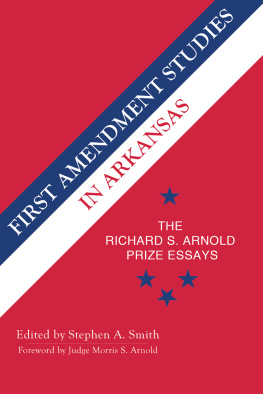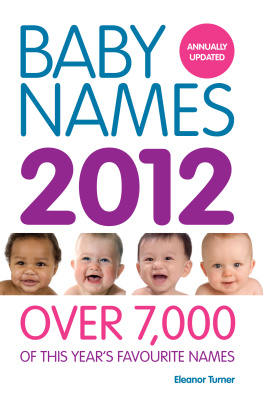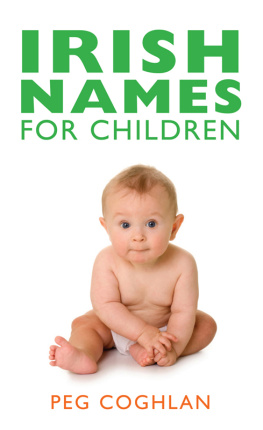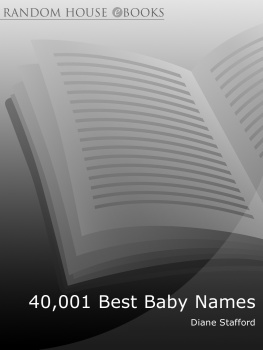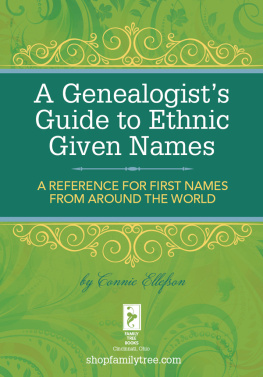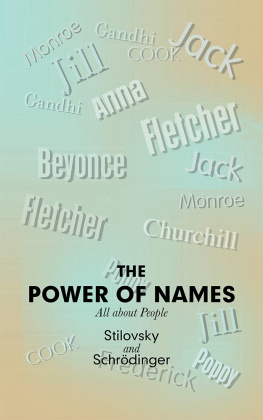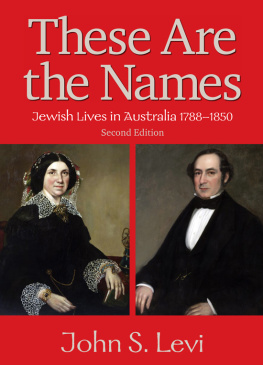An Inkwell of
Pen Names
Stephen Smith
Copyright 1999, 2006 by Stephen Smith.
Library of Congress Control Number: | 2006908370 |
ISBN 10: | Hardcover | 1-4257-2825-1 |
Softcover | 1-4257-2824-3 |
ISBN 13: | Hardcover | 978-1-4257-2825-0 |
Softcover | 978-1-4257-2824-3 |
eBook | 9781462841974 |
All rights reserved. No part of this book may be reproduced or transmitted in any form or by any means, electronic or mechanical, including photocopying, recording, or by any information storage and retrieval system, without permission in writing from the copyright owner.
This book was printed in the United States of America.
To order additional copies of this book, contact:
Xlibris Corporation
1-888-795-4274
www.Xlibris.com
34153
CONTENTS
The challenge arises as to how the authors whose names appear at the beginning of each of the hundred chapters of An Inkwell of Pen Names should be listed in a table of contents. Many authors are better known by their pen names than their real names. But placing each authors pen name next to his or her real name would not suffice because some authors have used many pseudonyms. Then, there are all the changes which have been made to the names of women authors who have married. Some authors, both men and women, have also changed the spelling of their given names or reversed the order of their first and middle names.
Therefore, for the sake of clarity and uniformity, the table of contents lists authors alphabetically by the most easily recognizable form of their real names. That is also how the stories of their pen names are arranged in the book. It should also be noted that embedded in many of the hundred chapters is information about many other authors not listed in the Table of Contents who have used pen names.
Dedication
To my parents, who always encouraged me in the right way.
Acknowledgments
A warm and hearty thank you to the following people for the assistance and encouragement they have given me: Bruce Felton, Professor Vincent G. Quinn, Nicole Titus, and my father, Daniel Smith.
Introduction
... whatever Adam called every living creature, that would be its name. Genesis (2.19)
One of mans powers and traits is to give a name to every person, place, and thing. But not every individual is happy with the name they are given and sometimes they change it. Authors have a special way of changing their names. Assumed name, literary name, nom de plume, pen name, poetic name, pseudonym, and other words and phrases refer to the fact that many authors submit their writing for publication using a new name. Authors reasons for changing their names are sometimes fascinating and the kinds of alterations they make are more varied than the synonyms for pen name.
Many authors choose pen names because they want to distance themselves from their real names. Pseudonyms have been adopted to shield authors from a bad press or publicity. In the nineteenth century some women cloaked themselves in mens names because they feared it would be considered improper for women to have their writing published. Authors are sometimes asked by their publishers to adopt house names (another synonym for pen names) so that the market doesnt appear to be overwhelmed by one popular writer.
There are authors who use many noms de plume. (Stendhal, whose real name was Marie-Henri Beyle, was one of the most pseudonymous, using over a hundred and seventy pen names.) Some women authors take on mens names. (Charlotte Bront used the name Ellis Bell.) And some men adopt womens names. (A front page story in The New York Times of November 6, 1997 revealed that Mrs. Helen Cathcart, the renowned biographer of British royalty, was really the late Harold Albert. He used a womans name because he was writing primarily for a female audience.) Some authors have used only initials or even a single letter as a pen name. (Helen Hunt Jackson called herself H. H. and Sir Arthur Quiller-Couch was known as Q.) There are even cases of two authors sharing a pen name. (Frederic Dannay and Manfred B. Lee wrote under the joint literary name of Ellery Queen.)
Occasionally, a lot of ingenuity has been demonstrated by authors in divising pen names. Charlotte Tucker used the initials A. L. O. E. (A Lady of England). Mary Abigail Dodge wrote under the name Gail Hamilton (which combines part of her middle name and Hamilton, Massachusetts, her birthplace. Robert H. Newell used Orpheus C. Kerr as his pseudonym (a play on the words office seeker). Louise de la Ram chose Ouida (pronounced weeda) as her nom de plume because that was the way she said her own name as a child. Sydney Dobell wrote under the name Sydney Yendys (spelling his first name backwards). In the spirit of our own time the author of a recently published book about cybercafes used the cognomen Cyberkath.
What follows are the stories of some famous (and not so famous) authors pen names. These are not the stories of the authors lives or works, but you will certainly get an inkling of their lives and works from what youre about to read.
At the top of each essay the authors pen name precedes his or her given name. Following that you will find the interesting and sometimes entertaining story of the authors nib name (or names). Perhaps you will be inspired to read some of these authors biographies and works. You can anticipate many delightful and interesting surprises as you dip into An Inkwell of Pen Names .
Carolyn Keene (Harriet Stratemeyer Adams) 1894-1982
... what are names but air? Choose thou whatever suits the line. Samuel Taylor Coleridge, Names
In the first three decades of the twentieth century American author-businessman, Edward Stratemeyer (1862-1930), along with a staff of writers, turned out a number of popular series for young readers. Stratemeyer and his staff wrote these novels assembly-line style under a host of pseudonyms: Manager Henry Abbott, Harrison Adams, Capt. Ralph Bonehill, Jim Bowie, Franklin Calkins, Allen Chapman, Louis Charles, James R. Cooper, Jim Daly, Spencer Davenport, Julie Edwards, Albert Lee Ford, Robert W. Hamilton, Hal Harkaway, Harvey Hicks, Dr. Willard Mackenzie, Ned St. Myer, Chester Steele, E. Ward Strayer (a variation of Edward Stratemeyer), Arthur M. Winfield, Edna Winfield (Edna was a daughters name), and Ned Woods.
Stratemeyers daughter, Harriet, who inherited the successful series empire from her father, carried on the business and did a great deal of writing. Harriet Stratemeyer Adams, which she became after her marriage to Russell V. Adams in 1915, wrote about two hundred novels, writing into her mid-eighties.
Adams used seven pen names during her career. She wrote fifty-six Nancy Drew mysteries between 1930 and 1978. All of these novels were written under the name Carolyn Keene. The first book in the series was Secret of the Old Clock (1930); The Mystery of Crocodile Island (1978) was the last. Adams also used Carolyn Keene as a pen name for the less well-known thirty-two books of the Dana Girls series, published between 1934 and 1978. All of Adams books were cooked up following a kind of recipe. Characters were either good or evil, but the crimes committed by evildoers werent too serious. No matter how tight a mystery was Nancy Drew always unraveled it. (The Nancy Drew stories were made into a television series in the 1970s.)
Adams wrote the Hardy Boys series (twenty novels written from 1934 to 1973) using Franklin W. Dixon as her pseudonym. She probably thought that a mans name on the cover would be more appealing to young male readers. The first of these books was The Mark on the Door (1934); The Mystery at Devils Paw (1973) was the last.
Next page



